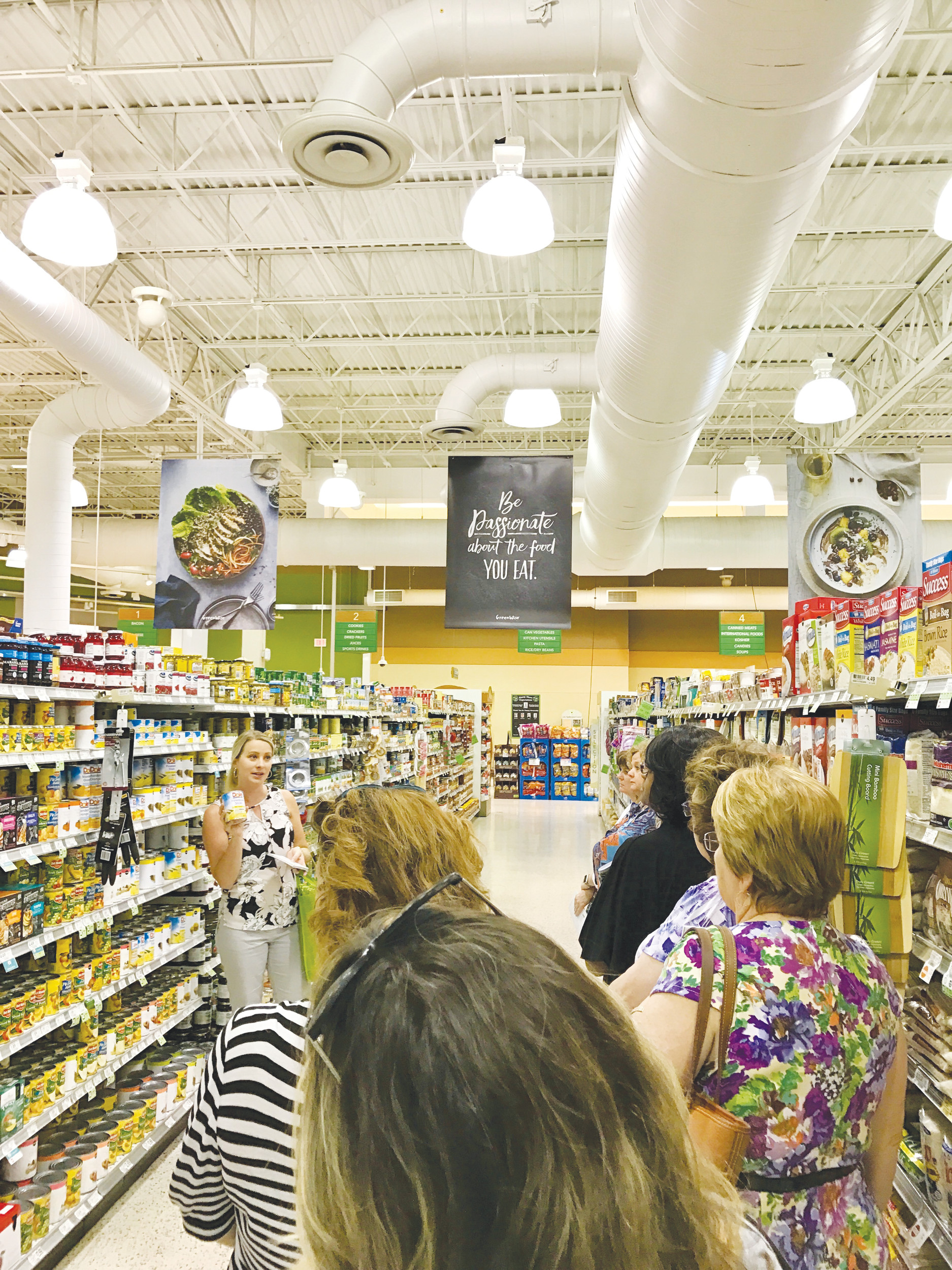A Healthy Food Tour
Good job Clay County!
You are ranked the 10th healthiest county in Florida and the 3rd healthiest in Northeast Florida, according to this year’s national County Health Rankings report, which is …
This item is available in full to subscribers.
Attention subscribers
To continue reading, you will need to either log in to your subscriber account, or purchase a new subscription.
If you are a current print subscriber, you can set up a free website account and connect your subscription to it by clicking here.
If you are a digital subscriber with an active, online-only subscription then you already have an account here. Just reset your password if you've not yet logged in to your account on this new site.
Otherwise, click here to view your options for subscribing.
Please log in to continueDon't have an ID?Print subscribersIf you're a print subscriber, but do not yet have an online account, click here to create one. Non-subscribersClick here to see your options for subscribing. Single day passYou also have the option of purchasing 24 hours of access, for $1.00. Click here to purchase a single day pass. |
A Healthy Food Tour
Good job Clay County!
You are ranked the 10th healthiest county in Florida and the 3rd healthiest in Northeast Florida, according to this year’s national County Health Rankings report, which is online at http://www.countyhealthrankings.org.
Out of 67 counties in Florida, Clay County remained in the Top 10 for 2017. The report measures typical health factors, but also includes local activities, access to care, access to healthy, affordable foods, rates of smoking, obesity and teen births.
Education and access to healthy food remains a need in the area. Annie Sheldon, a local family and consumer science advocate says, “Families report [that] the cost of healthy groceries is their biggest barrier to making healthy meals at home.”
As an extension agent with the University of Florida/IFAS Extension in Clay County, she provides research-based educational programs for individuals and families on topics such as human nutrition, weight management, healthy lifestyles and family financial management.
She recently has been hosting healthy shopping tours this month in the area, a program called Cooking Matters in the Store.
Learn your Labels
I had the opportunity to tour with Sheldon at one of our local Publix stores. Alongside other fellow tour shoppers, the one-hour guided tour was a hands-on show and tell for buying healthy foods on a budget.
Stopping at all the major food sections, I learned at least one new fact or practice I need to make. More surprisingly, I learned I wasn’t reading food labels and ingredients properly. Like most, I quickly scan calories, serving sizes, fats, carbs, and proteins, and if it looks and feels right, I deem it healthy.
“Learn to read your labels!” [including ingredients], says Sheldon. Nutrition fact labels are consistent from product to product, but watch out for differing serving sizes, and further down, watch out for the first couple of ingredients. What might look healthy from first glance could be written with smaller serving sizes, or enriched/chemical-based ingredients.
“Perimeter” Shopping
Simply means that most of your healthy foods are on the outside of the store, and to avoid the aisles and end-caps.
The tour started in the produce section looking for fresh fruits and vegetables in season or on sale. If it is right up front, it usually means it is in season. “The aim is to eat in season because nutrients are at its peak, tastes better, and saves money,” says Sheldon.
In grains, Sheldon pointed out the higher on the shelf, the better. We identified whole grains, fiber, and sugar content. Whether bread, pasta, cereal, or rice, look for the one key ingredient: whole grain. It should be listed first. Avoid anything enriched.
In dairy, we discussed why 1 percent or nonfat is better. Alternative milks (almond, soy, coconut) are healthy, but be careful with the added sugar. With yogurt, go nonfat plain, and add your own fresh toppings.
With protein, choose the lean meats, and she says it’s better to bake, broil, or grill. Fresh or even frozen fish is an excellent option. Beans, nuts, eggs are other great sources; just be mindful to keep sodium and fat as low as possible.
Concurrently, we compared unit prices to find bargains, stretching foods to save money and avoid waste, and buying produce in bulk and freezing later. Sheldon makes a good point about frozen produce as well: most fruits and vegetables are flash frozen at peak which allows key nutrients to be preserved. It’s a healthy choice, but don’t overcook.
The $10 Challenge
The next time you go shopping, choose at least one item from each of the food groups: grains, fruits, vegetables, protein, and dairy. Your five items must be $10 or less. Can you do it? Is it possible to choose healthy on a small amount of money? Let me know!
At the end of the tour, we received a free reusable grocery bag, a $10 gift card, and a free buying guide with shopping tips and recipes. Guess what I did with the $10 gift card? Yep. I did it and it is very possible to buy healthy.
Share your own FitLife story here. Email or contact me at bernie.rom828@gmail.com. Facebook: Clay Today Newspaper. Instagram @berni3trirun @claytodaynewspaper #claytoday #claytodayfitlife #fitlife








